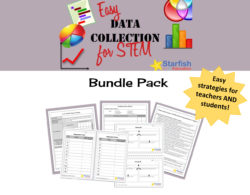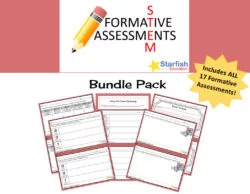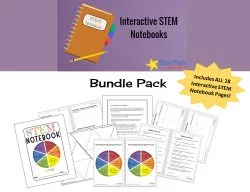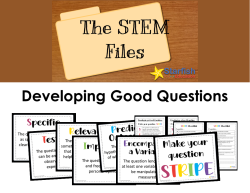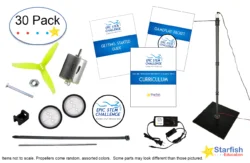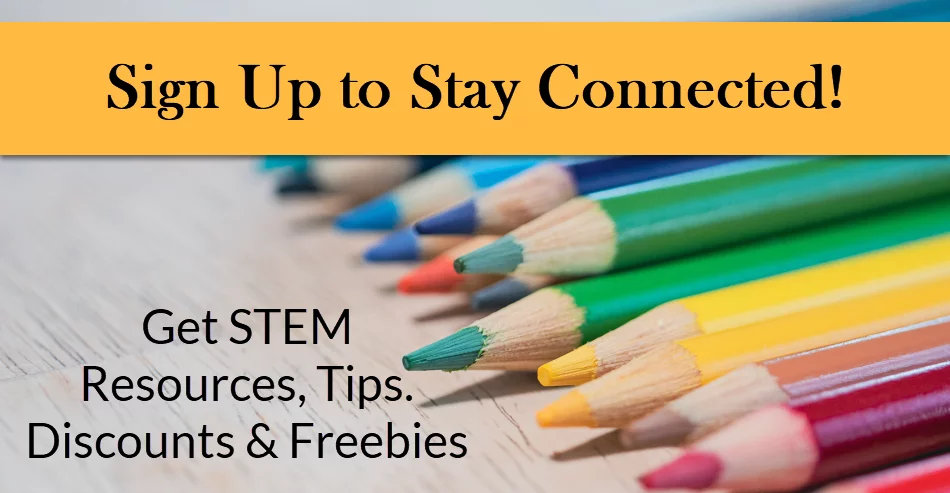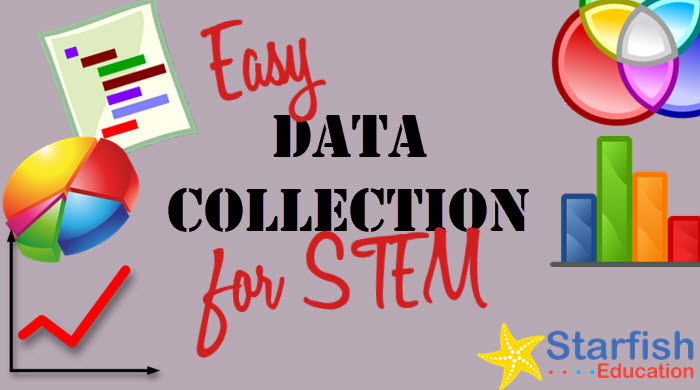
When trying to manage a classroom, tracking data can be a burden. Data collection means well, but isn’t always that easy to collect relevant data to help students achieve more. Here are some strategies that can help!
At the heart of data collection is the humble table. Tables can be used for both quantitative and qualitative data entry and for more specific things like finding averages, repeating trials, etc. Other data collection methods involve graphs, analysis and even observation.
Helping students collect data (and organize it) will give them a better idea of what people in STEM fields do in their careers. It will also help them to think more critically about what kids of information needs to be collected and how it should be arranged so that it can be best understood.
Helping teachers collect data and make sense of it informs instruction and helps your future lessons to better engage students and find out what they do and don’t understand so that you can plan the best path forward.
This Bundle Pack contains 9 different ways to help students be successful with data. Along with tables and charts, students will learn about meaningful analysis, observations and the use of STEM Notebooks. On the teachers side, I’ve included data trackers, rubrics and checklists as well as team trackers. Check them out!
Tables
Charts and Graphs
Meaningful Analysis
Observations
STEM Notebooks
Data Trackers
Rubrics and Checklists
Team Trackers
Color Strips
Formative Assessments
How can you best use these strategies for informed instruction in your classroom?
Get the Easy Data Collection for STEM Bundle Pack!
Subscribe to Stay Connected!
-
Easy Data Collection for STEM- Bundle Pack
$16.95 -
STEM Formative Assessments- Bundle Pack
$16.95 -
EPIC Curriculum
$59.95 -
Interactive STEM Notebook- Bundle Pack
$18.95

